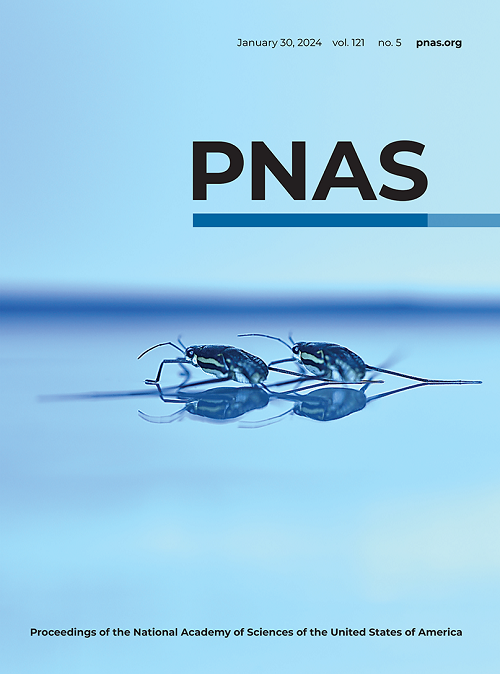Climate change amplifies neurotoxic methylmercury threat to Asian fish consumers
IF 9.1
1区 综合性期刊
Q1 MULTIDISCIPLINARY SCIENCES
Proceedings of the National Academy of Sciences of the United States of America
Pub Date : 2025-03-24
DOI:10.1073/pnas.2421921122
引用次数: 0
Abstract
Climate change is intricately influencing the accumulation of neurotoxic methylmercury (MeHg) in human food webs, potentially leading to uneven exposure risks across regions. Here, we reveal that climate change will elevate MeHg risks in China, with implications for regional inequalities in Asia through a climate-mercury-food-health nexus. Using a compiled fish mercury dataset from 13,000 samples and machine learning, we find that freshwater wild fish—an essential component of the Asian diet—is an underappreciated MeHg source. Specifically, MeHg concentrations in freshwater wild fish are 2.9 to 6.2 times higher than in freshwater farmed fish and 1.7 times higher than in marine wild fish. Individual climate factors influence MeHg accumulation differently, while their combined effects significantly increase MeHg concentrations in freshwater wild fish. Under SSP2–4.5 and SSP5–8.5 by 2031 to 2060, national average MeHg concentrations in freshwater wild fish are projected to increase by about 60%, adding a maximum annual economic loss of US$18 million (2022 USD) from intelligence quotient decrements in Chinese newborns. This loss may vary regionally within China and among Asian countries, disproportionately affecting less developed areas. Coordinating climate action with mercury emission reduction strategies could mitigate these overlooked regional risks, reduce regional inequalities in food safety, and ultimately contribute to sustainable development.气候变化加大了对亚洲鱼类消费者的神经毒性甲基汞威胁
气候变化正错综复杂地影响着神经毒性甲基汞(MeHg)在人类食物网中的积累,可能导致不同地区暴露风险的不均匀。在这里,我们揭示了气候变化将提高中国的甲基汞风险,并通过气候-汞-食物-健康关系对亚洲区域不平等产生影响。使用从13,000个样本和机器学习中编译的鱼类汞数据集,我们发现淡水野生鱼类-亚洲饮食的重要组成部分-是一个未被充分认识的甲基汞来源。具体而言,淡水野生鱼类的甲基汞浓度比淡水养殖鱼类高2.9至6.2倍,比海洋野生鱼类高1.7倍。个别气候因子对MeHg积累的影响不同,但其综合作用显著增加了淡水野生鱼类中MeHg的浓度。根据SSP2-4.5和SSP5-8.5的预测,到2031年至2060年,全国淡水野生鱼类中甲基汞的平均浓度预计将增加约60%,中国新生儿智商下降造成的年经济损失将达到1800万美元(2022年美元)。在中国和亚洲各国,这种损失可能因地区而异,对欠发达地区的影响尤为严重。将气候行动与汞减排战略相协调,可以减轻这些被忽视的区域风险,减少食品安全方面的区域不平等,并最终促进可持续发展。
本文章由计算机程序翻译,如有差异,请以英文原文为准。
求助全文
约1分钟内获得全文
求助全文
来源期刊
CiteScore
19.00
自引率
0.90%
发文量
3575
审稿时长
2.5 months
期刊介绍:
The Proceedings of the National Academy of Sciences (PNAS), a peer-reviewed journal of the National Academy of Sciences (NAS), serves as an authoritative source for high-impact, original research across the biological, physical, and social sciences. With a global scope, the journal welcomes submissions from researchers worldwide, making it an inclusive platform for advancing scientific knowledge.

 求助内容:
求助内容: 应助结果提醒方式:
应助结果提醒方式:


